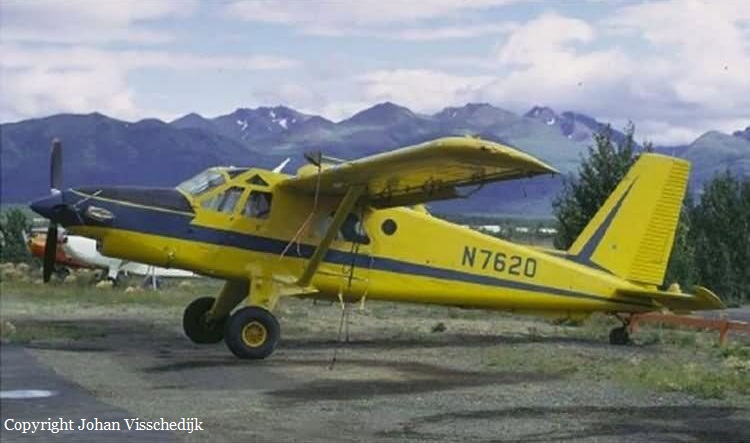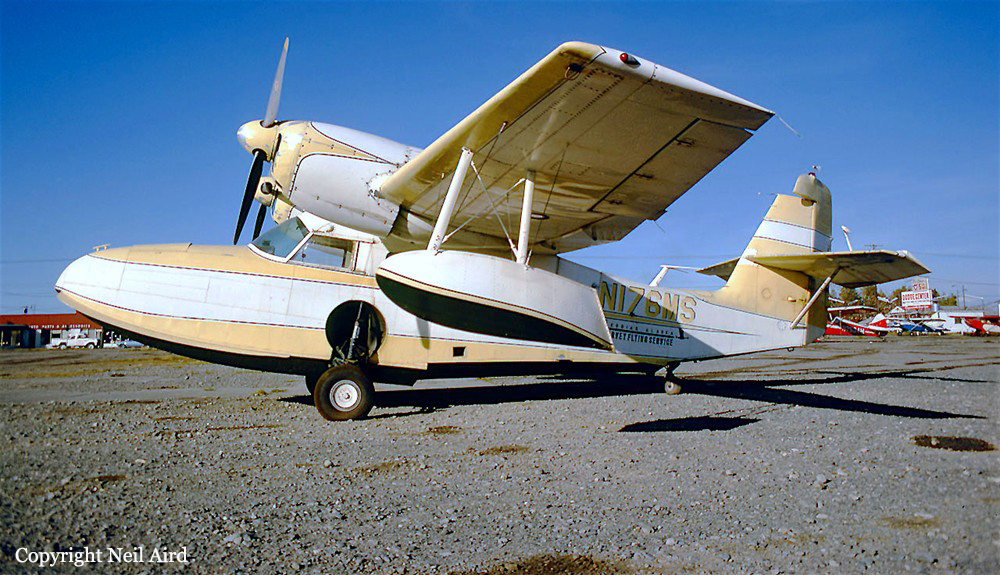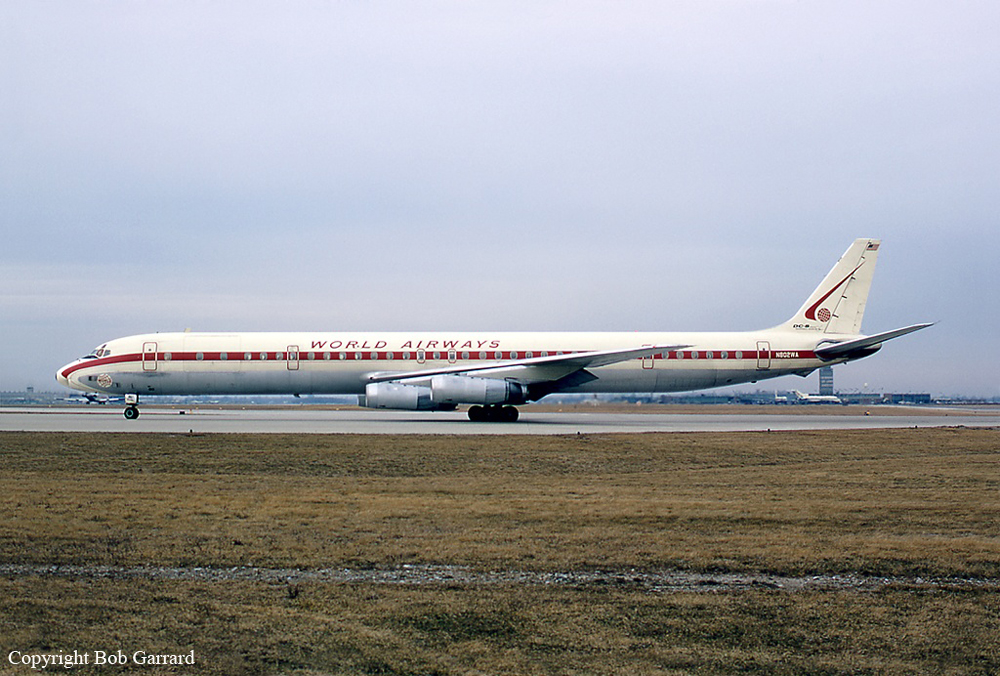Crash of a Volpar Turboliner 18 in Lupine: 6 killed
Date & Time:
Oct 1, 1974 at 2140 LT
Registration:
N357V
Survivors:
No
Schedule:
Fairbanks - Lupine
MSN:
AF-680
YOM:
1954
Crew on board:
2
Crew fatalities:
Pax on board:
4
Pax fatalities:
Other fatalities:
Total fatalities:
6
Captain / Total hours on type:
191.00
Circumstances:
On approach to Lupine Airstrip, the crew encountered poor weather conditions with low ceiling, fog and snow falls. On final, he decided to make a low pass and reduced his altitude when the airplane stalled and crashed. All six occupants were killed.
Probable cause:
The crew continued VFR flight into adverse weather conditions and failed to maintain flying speed. The following contributing factors were reported:
- Failed to follow approved procedures,
- Improper operation of powerplant,
- Airframe ice,
- Low ceiling, fog and snow falls,
- Icing conditions,
- Weather was given via radio by oil company radio operator,
- Over max takeoff and landing weight.
- Failed to follow approved procedures,
- Improper operation of powerplant,
- Airframe ice,
- Low ceiling, fog and snow falls,
- Icing conditions,
- Weather was given via radio by oil company radio operator,
- Over max takeoff and landing weight.
Final Report:










